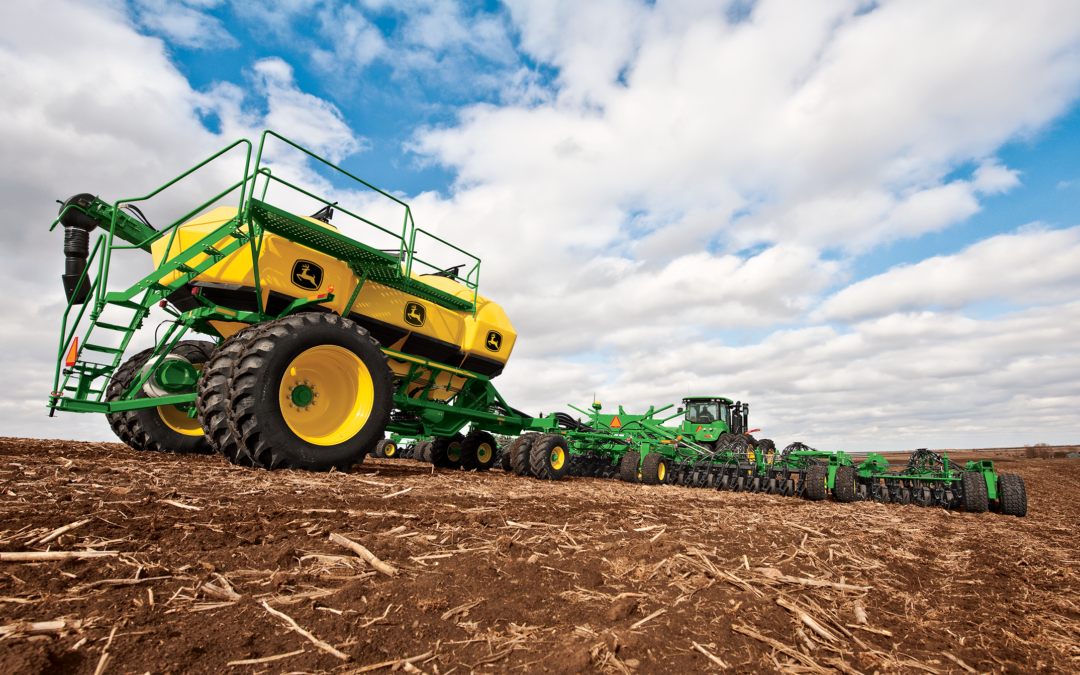For a higher plant production yield this harvest season, pay attention to when you plant your crops. Planting season is already underway, but it’s not over yet. Finding the ideal window for planting can be difficult as it shifts from season to season, crop to crop, and region to region.
There is no single ideal window for planting crops, but you can predict the best time to plant for your farm. Finding the right planting dates can increase growth, development, and yield production. Here are some tips to help you find the ideal planting window for your farm.
What is the ideal planting date?
The ideal planting dates will vary due to a variety of factors, but optimum planting dates range from early April to late May. Different crops respond differently to planting dates, and weather can play a major role in planting dates and yields.
For guidance when determining this date based on regions, many local agricultural facilities have recommendations accessible to the public. For example, NDSU provides the region of North Dakota with optimum and last planting dates, minimum stands, and a list of small grain crops lost from frost or hail.
As we’ve mentioned, ideal planting windows vary from state to state and year to year based on a variety of factors, so it’s important to do your research and understand the different factors that can affect yield.
Factors that impact ideal planting window
While weather impacts your ideal planting window each year, other factors, such as moisture and soil temperature, will help you determine exactly when to plant. Moisture quantity and soil temperature are arguably the most significant two factors for planting windows.
Always measure soil temperature and moisture levels in the morning to avoid any impact direct sunlight may have on the reading. Many farmers opt to warm their soil up before planting with residue management and tillage practices.
Soil temperature
Growers in the midwest should be looking for soil temperatures around 40° F, but some will plant as low as 35° F. To determine the correct temperature at which to plant, you’ll need to consider the volatility of the seed. For example, wheat has a high frost resistance, whereas any small amount of frost will wipe out an entire canola crop.
Incremental damage can occur if the temperature drops below freezing after planting your seeds. While you can’t control the weather, you should always use the forecast to predict ideal conditions for planting different crops.
Moisture levels
Moisture levels should also be considered when determining when to plant. Too much moisture could cause compacting and even seed rot and disease for crops such as soybeans, which soak up water. However, too dry soil can lead to decreased root growth and drought-stressed plants, reducing yields. Therefore, your soil should be moist, not wet, in the top few inches of soil.
Early, late, and delayed planting dates
Early, late, and delayed planting dates cause various chemical changes in plants that may be visible during the crop’s growth and development.
Starting early doesn’t always mean you’ll have continued ideal conditions. You shouldn’t start planting your seeds simply because it’s April 1st, especially in the midwest, where weather is subject to drastic changes. With unpredictable spring weather, a small snowfall and freeze can ruin your entire field overnight. In addition, early planting exposes plants to cooler soil temperatures, which can cause damage to your seeds.
Additionally, late planting dates can cause growth restrictions and limitations. Late and delayed planting takes away from the total amount of sunlight and optimum growing days before harvest begins, slowly declining yield production.
You know your fields best
Every field is different. Before planting starts, you should perform analysis and research. Soil and fertility sampling throughout the year tell growers a lot of important information about their field. Additionally, it’s best practice to allocate time dedicated to problems in your seeding schedule by planning for rain and equipment malfunctions during the growing season.
When it comes to narrowing down the ideal date for planting, it’s best not to make assumptions. You know your field best, so use that information and your own personal experience to your advantage. Enhancing your practices is easier than experimenting with new ones. Determining your specific optimal planting window gives your crops the best opportunity to succeed.


Recent Comments